Artists from India and Japan Transform the Walls of a Bihar School into Stunning Exhibits of Art
Every year, in the remote Sujata village located in Bihar, the Niranjana Public Welfare School organizes the Wall Art festival. Artists from India and Japan spend three weeks in the village producing art using the walls of the school’s building as canvas.
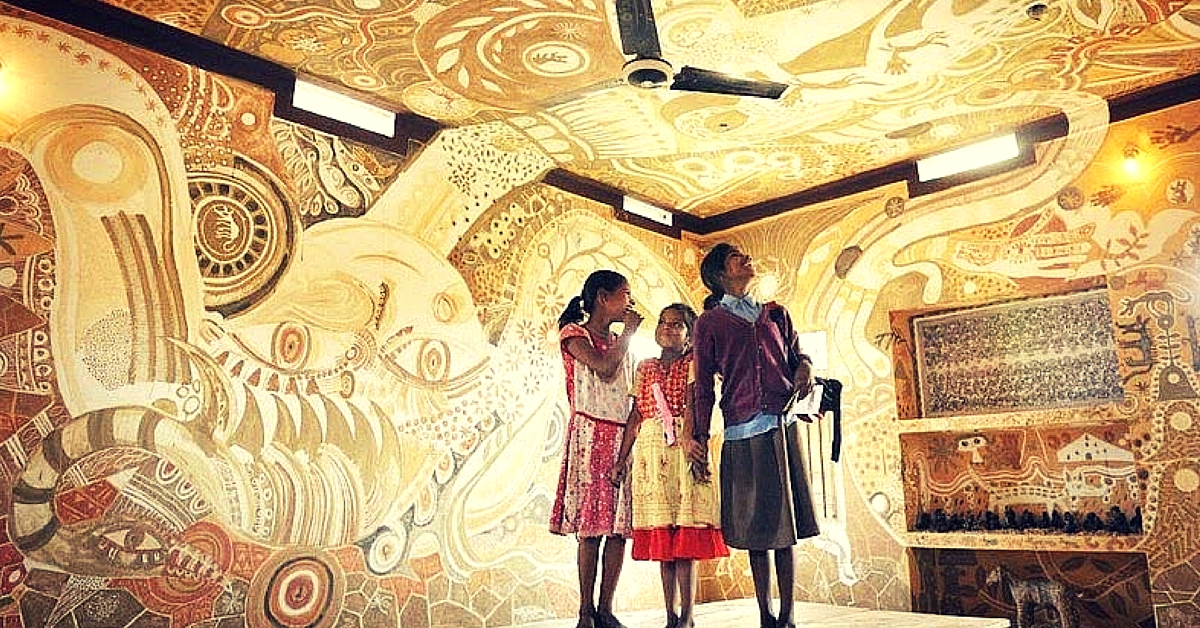
Every year, in the remote Sujata village located in Bihar, the Niranjana Public Welfare School organizes the Wall Art festival. Artists from India and Japan spend three weeks in the village producing art using the walls of the school’s building as canvas. In the process, the artists interact with the children and conduct workshops for them. The initiative hopes to help resolve various issues confronting villages in India such as those regarding poverty, education and employment through cultural and artistic exchange.
It all started in 2006 when about fifty students from Tokyo Gakugei University donated money that they made from working part-time jobs to an NGO in India to construct a new school building for the Niranjana Public Welfare School in Bihar, near Bodhgaya. The school was established in response to the poor education system in the region.
Funded by overseas donations, it grew under the control of the hard working teachers and volunteers, and by 2010, it enrolled around 400 students studying from nursery to Class 7.
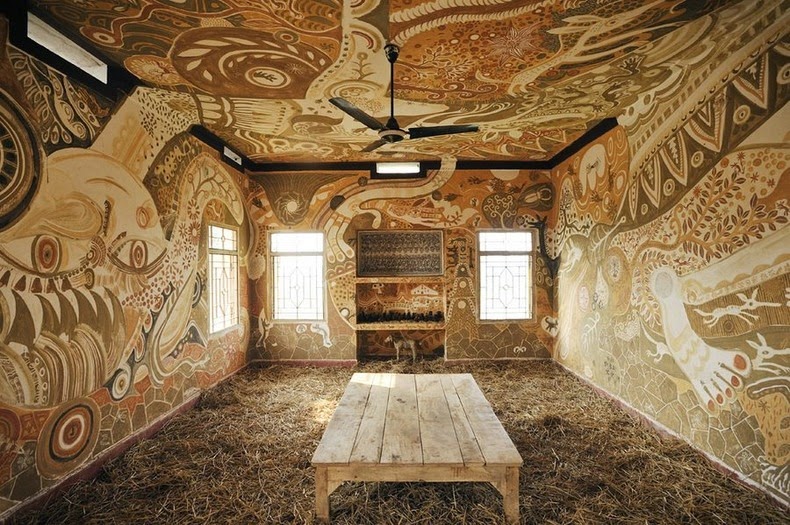
Realizing how important it is to provide ongoing support, the school administration came up with the idea of conducting an art festival that would help convey the problems faced by villagers and children in Bihar, other than popularizing art among the students.
One of the artists who participated in the festival three years in row was Yusuke Asai. Inspired by traditional Indian wall paintings, Asai filled the walls and ceiling of a classroom with paintings made using mud. Working with children, he collected soil from various sites in the village and mixed them with water to make pigments. Asai also encouraged the children to make hand-prints on the wall as a sign of their hopes for the future.
After the festival was over, Asai enlisted the children once again, this time to help wash away the mud paintings, returning the material to the soil. Through this experience, Asai was teaching children the meaning of life as a cycle in today’s context, by painfully wiping away his own work.
Here are some of the best works of art that can be found on the walls of the school:
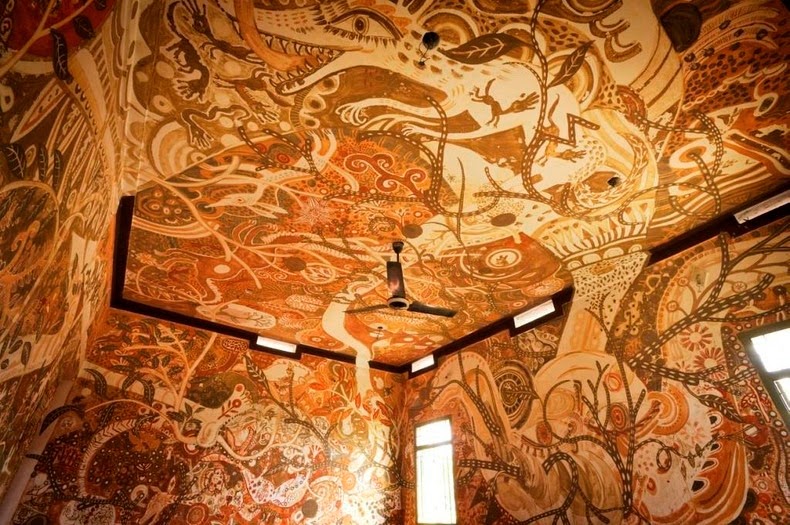
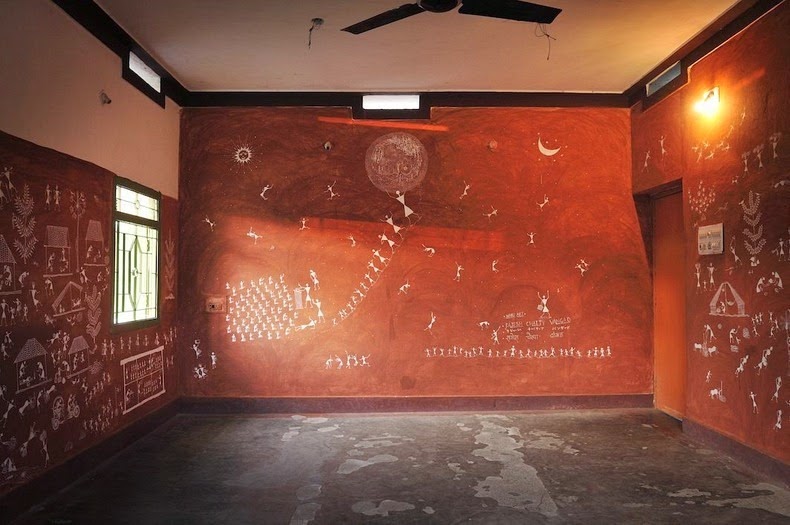

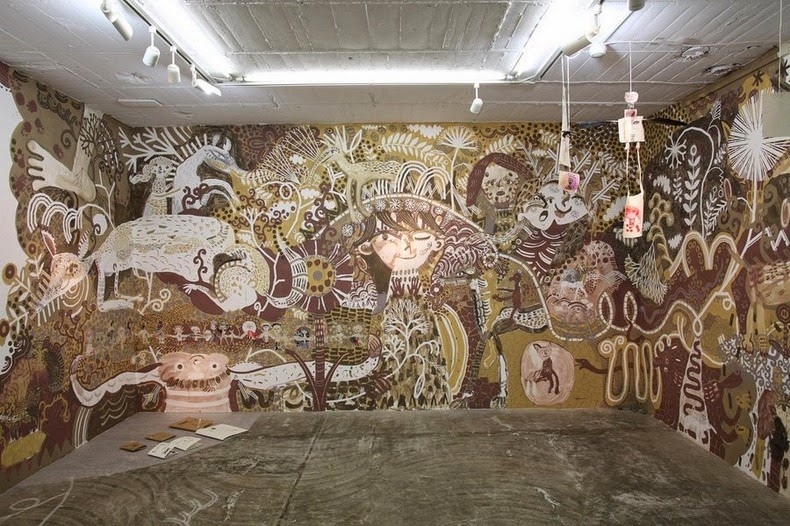
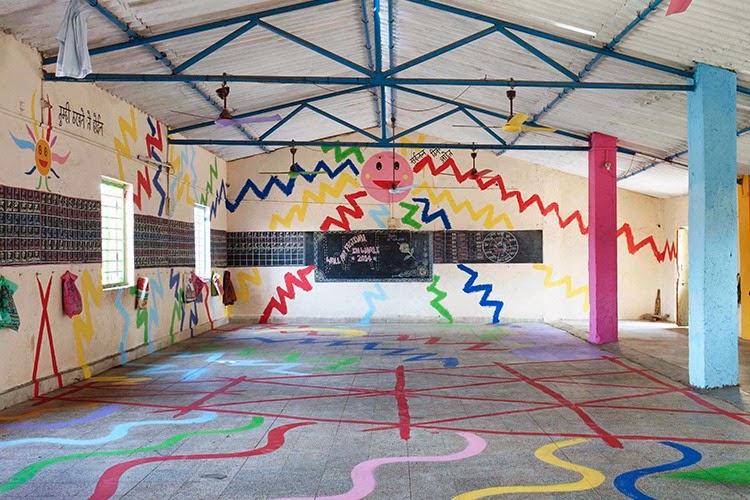
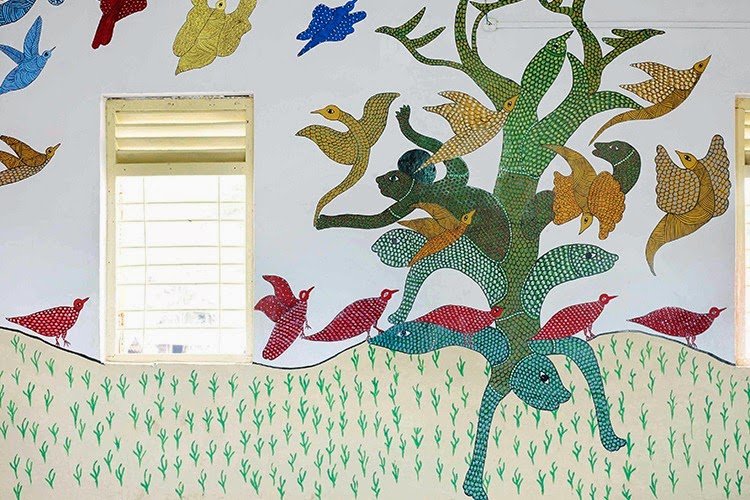

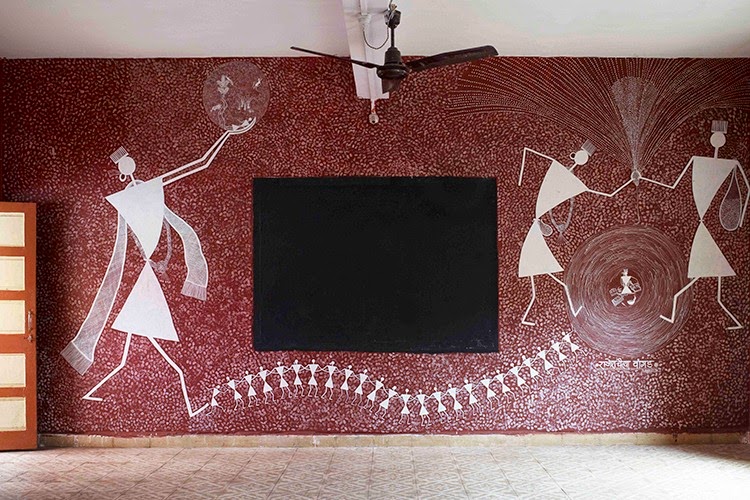
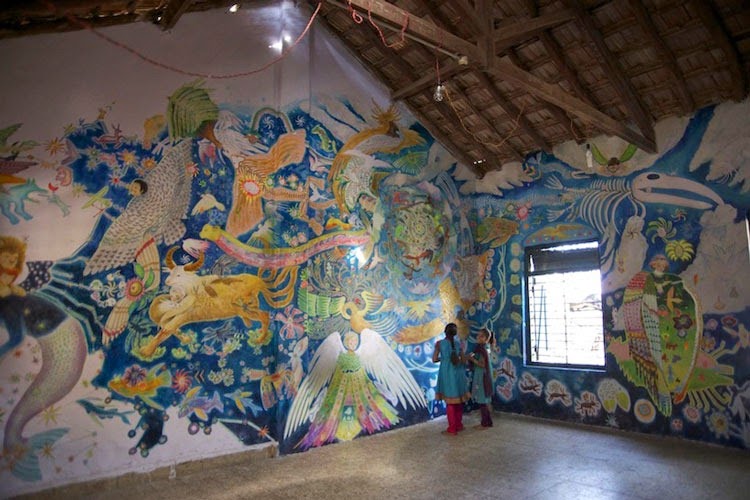
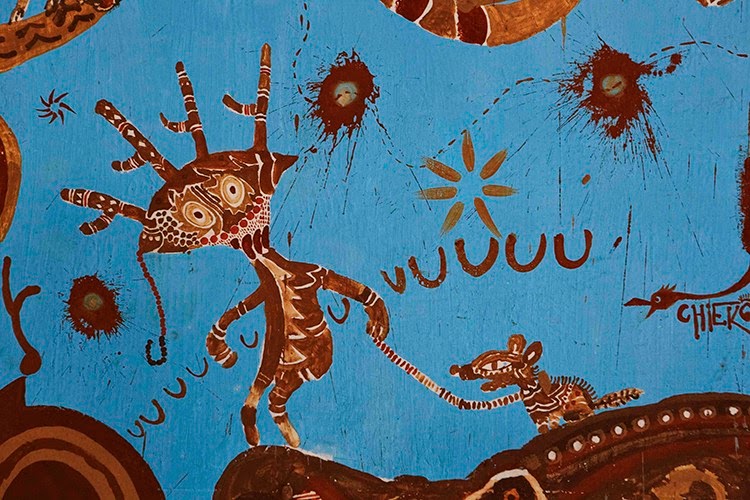
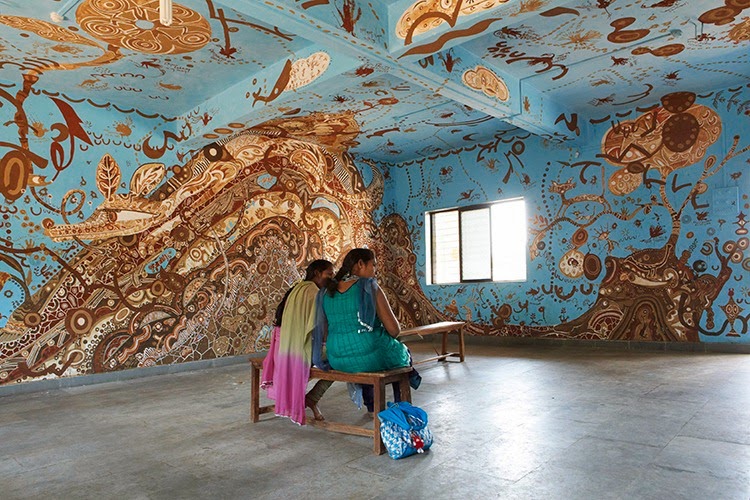
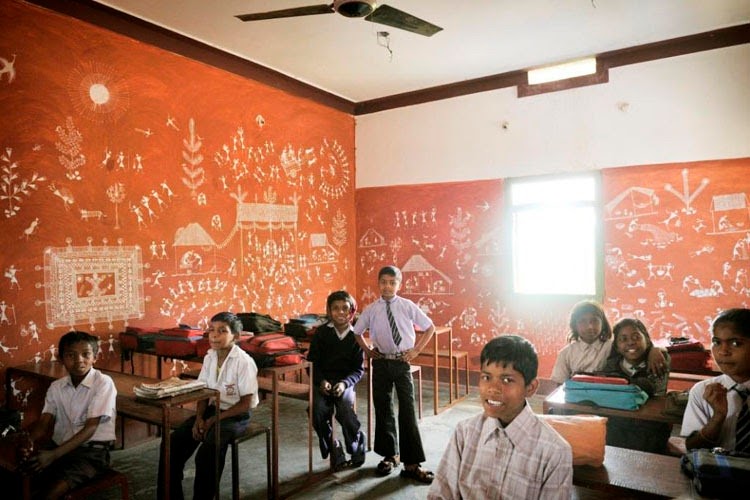
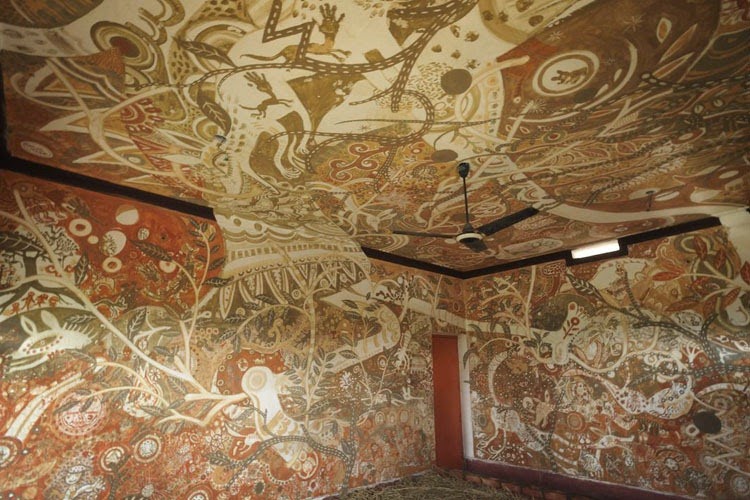
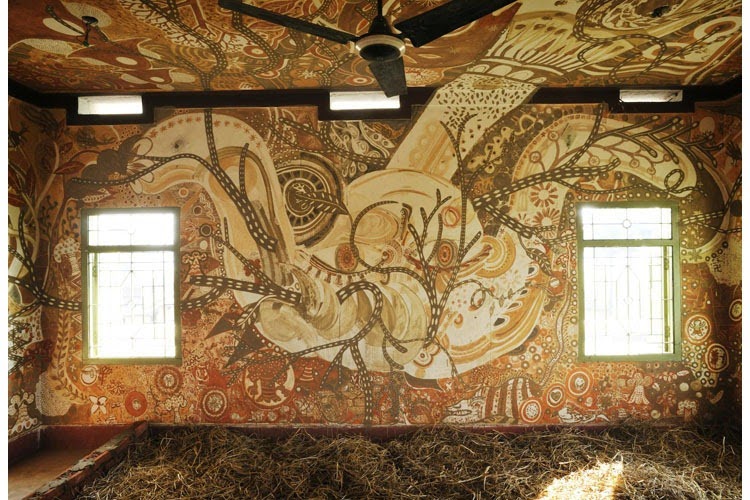
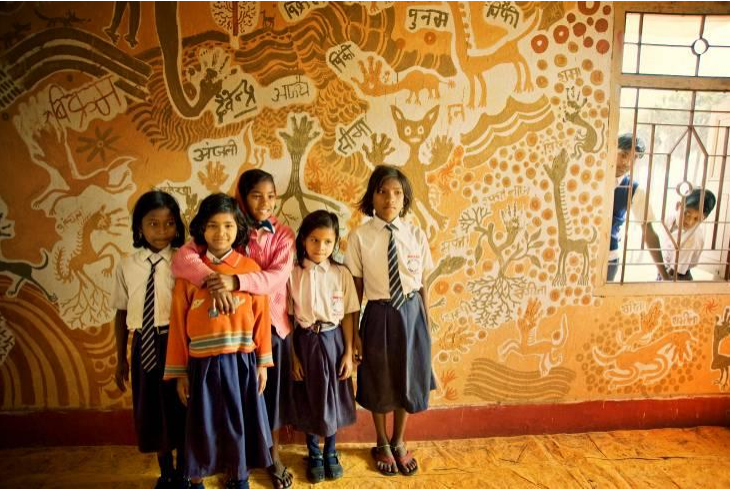
Like this story? Or have something to share? Write to us: [email protected], or connect with us on Facebook and Twitter (@thebetterindia).
If you found our stories insightful, informative, or even just enjoyable, we invite you to consider making a voluntary payment to support the work we do at The Better India. Your contribution helps us continue producing quality content that educates, inspires, and drives positive change.
Choose one of the payment options below for your contribution-
By paying for the stories you value, you directly contribute to sustaining our efforts focused on making a difference in the world. Together, let’s ensure that impactful stories continue to be told and shared, enriching lives and communities alike.
Thank you for your support. Here are some frequently asked questions you might find helpful to know why you are contributing?


This story made me
- 97
- 121
- 89
- 167











